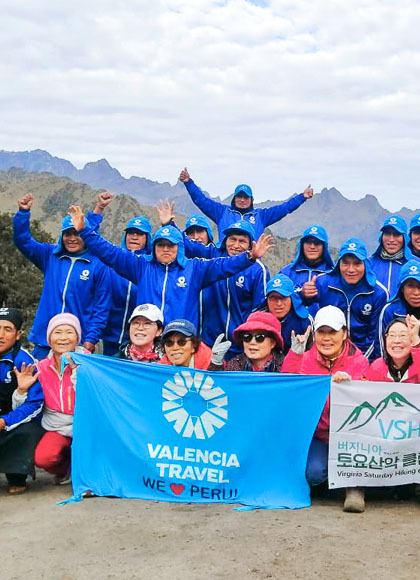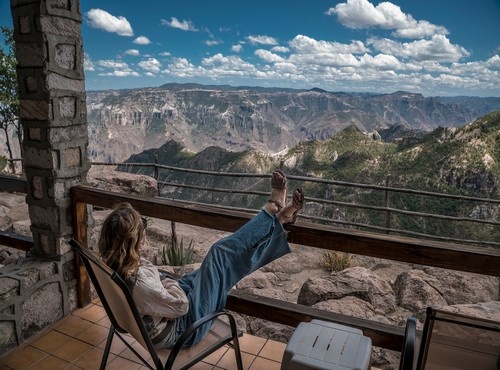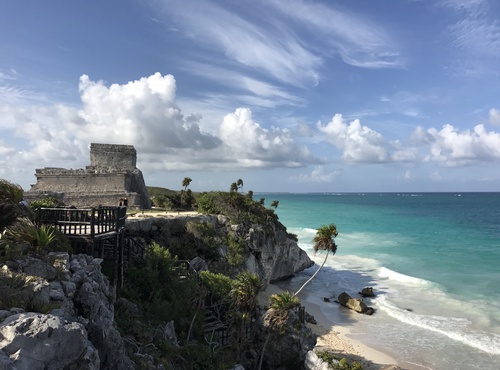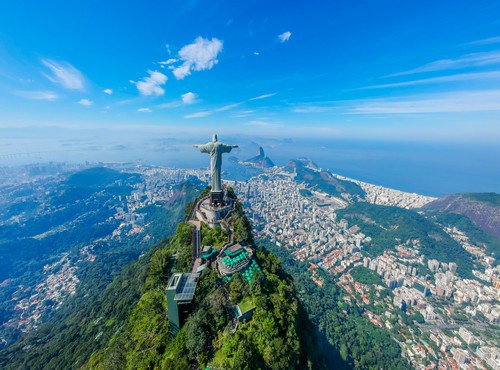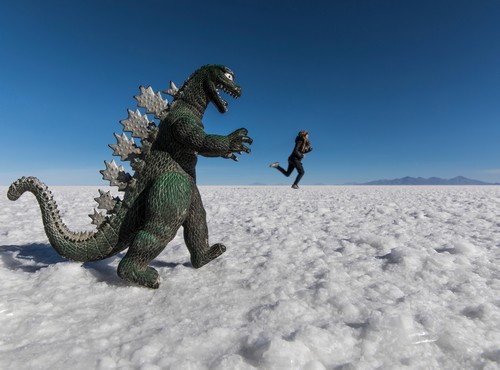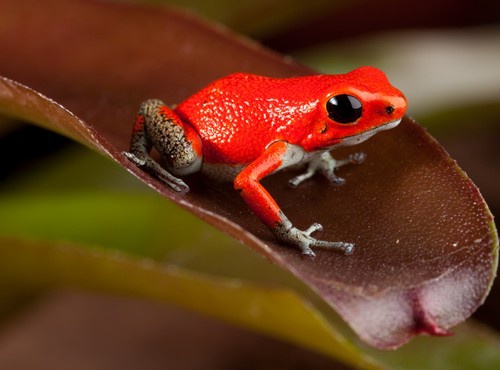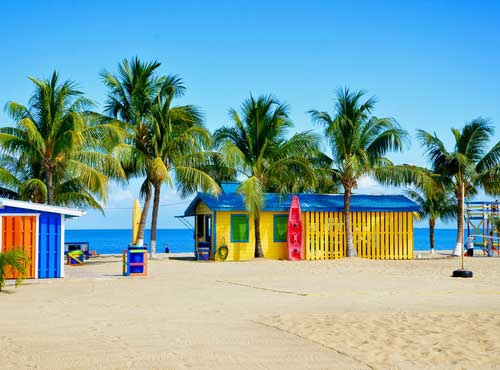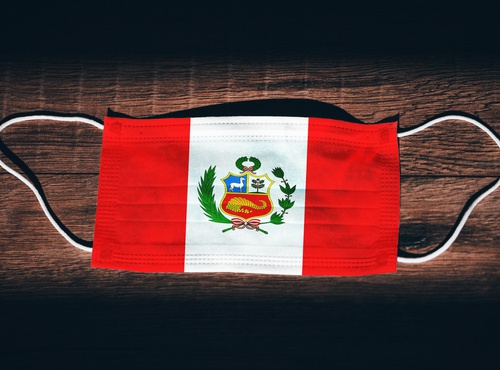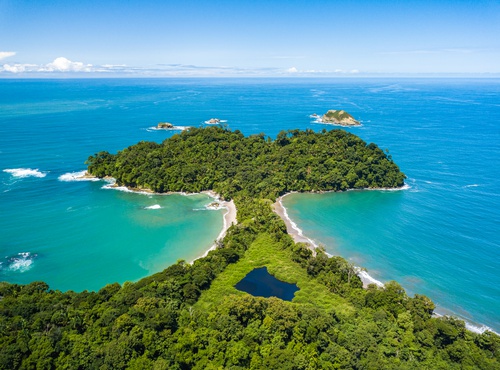
Written by:undefined undefined
Published: 21-09-2021
Peru is a land of diverse geography, biodiversity, culture and colour. It is home to spectacular mountains, gigantic lakes, long, winding rivers, deep canyons, and humid cloud forests. The indigenous people and rich traditions of Peru can be found throughout all of these landscapes, and even some of Peru’s most extreme environments are the home of beautiful small towns and villages. Peru is definitely one of those countries where it pays to get Off the beaten path.

Cusqueñian lady in traditional garb
Urubamba
Urubamba is found in the Sacred Valley of the Incas, at the base of the mountain Chicon. In Quechua, the name means ‘flat land of spiders’. This may sound like a scary name, but in reality, Urubamba is a great place for visitors to Peru and the perfect place to acclimatize to high altitude.

Urubamba Valley
The town is famous for its top quality ceramics. We recommend that you make your visit during June when the El Señor de Torrechayoc is happening. This festival attracts a number of visitors, and dancers in traditional dress, perform in the streets as part of the celebration. Urubamba is also located near many famous Incan ruins and the perfect launching spot for Machu Picchu.
Chimbote
Located on the North Peruvian coast, Chimbote was once a small, humble fisherman’s village in the 1800s with a population of just 800 people. Today, the city is the source of 75% of Peru’s fish, and the population is now more like 300,000. You will probably catch a waft of fermenting fish on the wind, but the breath-taking ocean views, make up for it.
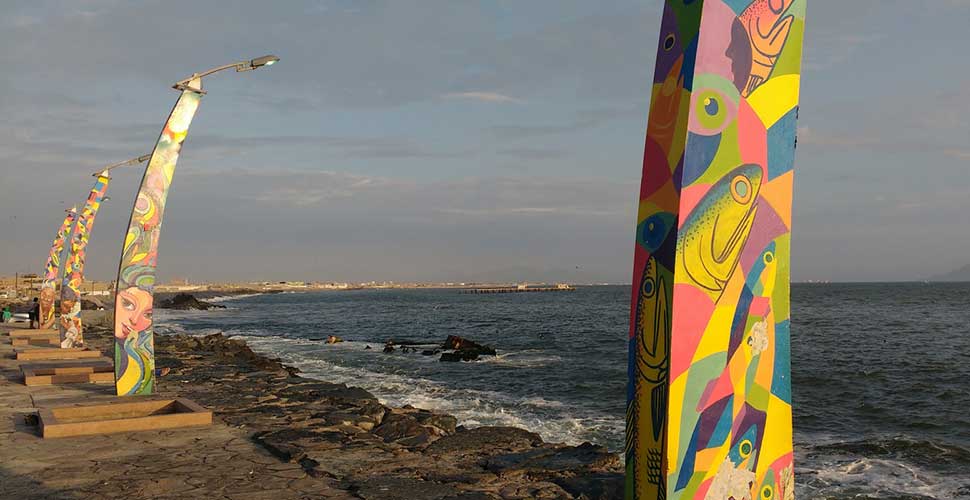
North coast of Peru (Chimbote)
Chimbote is located in the desert, but its climate is cooler due to the Humboldt Current that come in in from the ocean. The weather is perfect for a stroll through Chimbote’s central plaza and in the evening, it is well worth catching the sunset from the Malecón, on Chimbote’s seaside esplanade.
Tarma
Founded by the Spanish way back in 1538, Tarma is located in the Peruvian central highlands. It is considered one of Peru’s most welcoming cities for travellers though it might be difficult to get here due to the high altitudes. It is surrounded by brown mountains and situated just on the amazon jungle. This makes it a great home base if you’re thinking of coming to Peru to explore the central Amazon.

Tarma
The gorges of Tarma were once the home of the Incas, and their settlements remain to this day, yet not as fully restored as those of Machu Picchu. As a result of Spanish colonization, much of the architecture in the region features red roofs and white walls, adding to the quaintness of the town.
Tingo María
Located in central Peru, Tingo María is the capital city of Leoncio Prado Province. Its nickname is ‘the gateway of the Amazonia’ and it was thought to be unreachable up until the late 1930s. Today, Tingo Maria is more renowned for its coffee production. It is located in the Huallaga River Valley at the base of the La Bella Durmiente (sleeping beauty) mountain range.
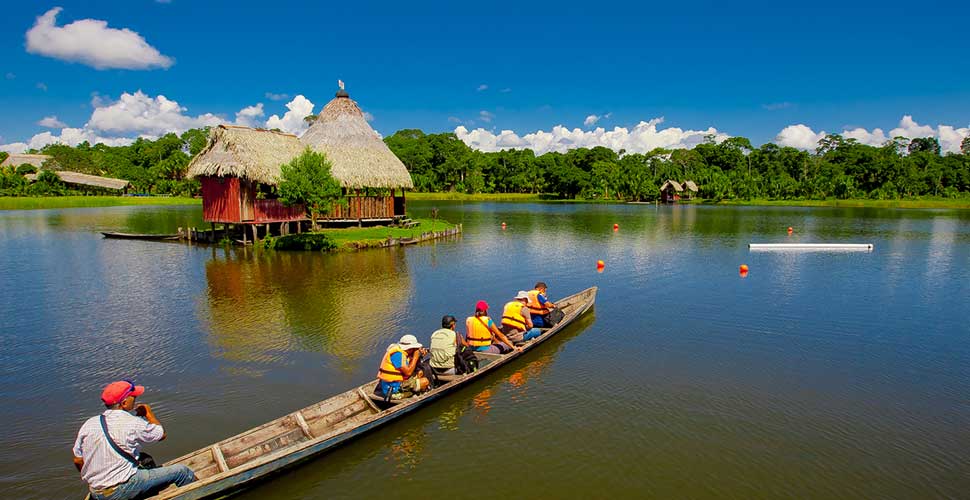
Tingo Maria
The university in Tingo Maria, specializes in forestry, and the nearby Tingo María National Park is the home of lush secondary Amazon rainforests, where you can find he “Cueva de las Lechuzas”, Cave of the Owls.
Ica
Ica is a desert oasis town that produces a large amount of fresh products, right in the middle of the Atacama sand dunes. It is only a few kilometres from the pristine oasis of Huacachina Oasis, perfect for sandboarding and dune buggies.

Ica - Peruvian Vineyard
It is also the nation’s largest wine and Pisco producer. Many buildings are still undergoing repairs after suffering a huge earthquake and even Ica’s stunning cathedral was condemned. Ica is home to a regional museum, home to a number of mummies and pre-colonial artifacts. Ica is also the perfect launching spot to visit the Nazca lines, a few kilometres further south.
Puno
Puno is located on Lake Titicaca and the 41 floating islands of the Uros people. Puno is also a highly commercial city, being close to the Bolivian border, with a lively, progressive population. It is a city where the past stands firm amidst the present, as you can marvel at colonial architecture, and many still wear the region’s traditional colourful native dress.

Titicaca child
You can also find many authentic textiles made of alpaca and llama wool, as well as traditional Peruvian instruments for sale. There is an air of festivity in this town as it is considered the folkloric capital of Peru, with the Virgen de la Candelaria festival happening every February.
Arequipa
Large volcanic mountains form the scenic backdrop of Arequipa. Much of its predominating baroque style buildings were constructed out of the white volcanic rock from this mountain. Many of such buildings feature intricate carvings. The city faces frequent earthquakes, but the white volcanic rock makes Arequipa’s buildings resilient.

Misti volcano, Arequipa
The Basilica Cathedral located in Plaza de Armas, the principal square of the town, is notoriously beautiful. It became a UNESCO World Heritage Site in 2000. Arequipa, the second largest city in Peru, is also home to excellent cuisine and harbours a rich history. Colca Canyon, one of the deepest canyons in the world, lies nearby.
Chivay
Found in the heart of The Colca Canyon, Chivay is the perfect location to head out condor spotting, or discovering more of the impressive canyon. The patchwork scenery is astounding and there are even some nearby hot springs to relax in the evening.

Colca Canyon
Where people still use traditional dress and the local livelihood is made from farming and tourism. This authentic, little, high-elevation village, is the emblematic capital of the Colca Canyon. Enjoy a night of traditional food and dances at one of the few restaurants in the town, to complete your experience.






